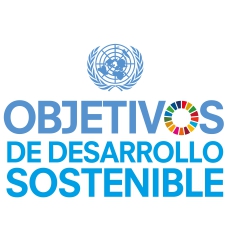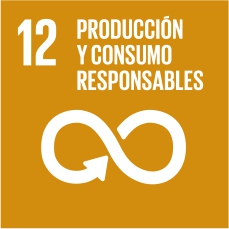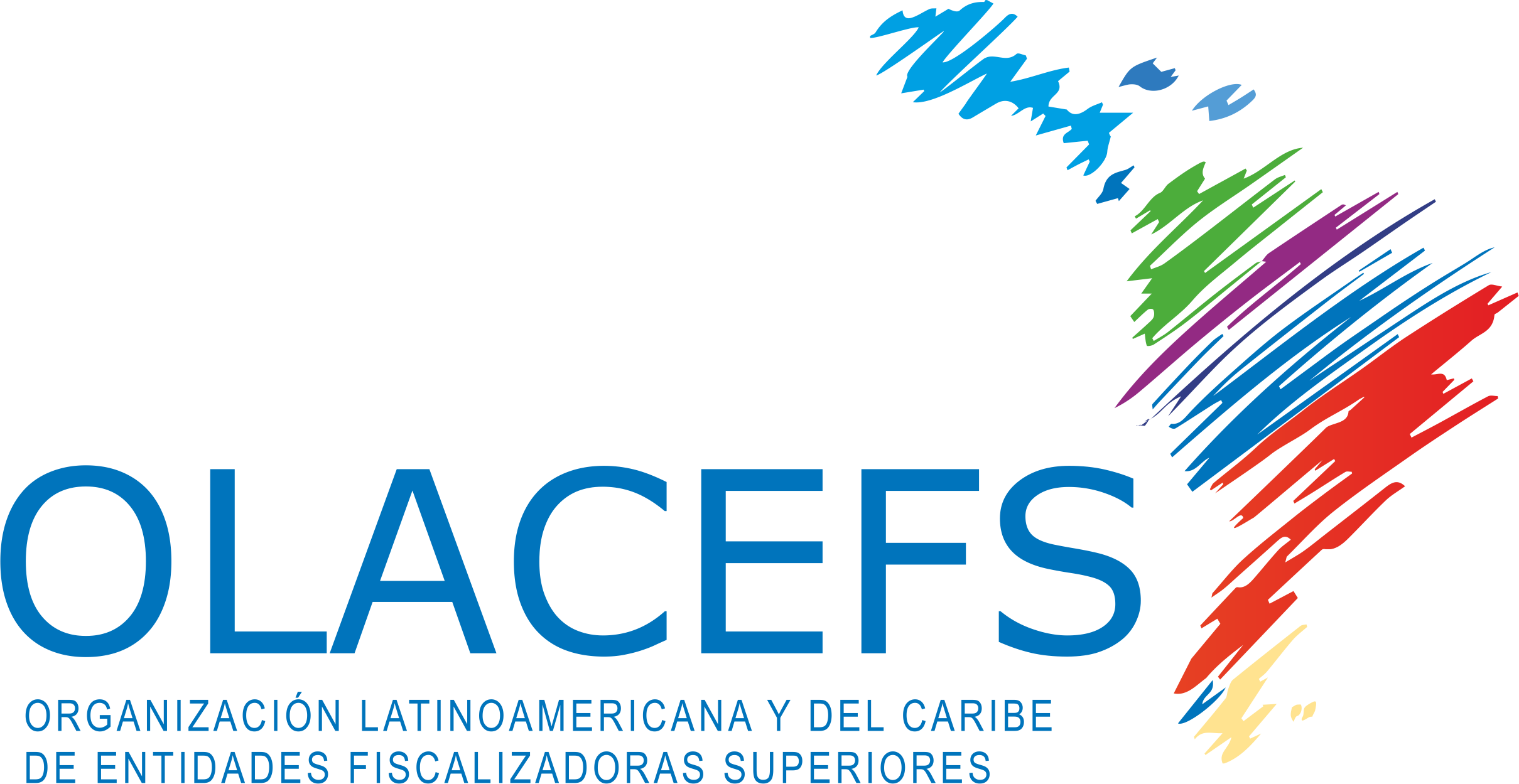Coordinated Audit on Mining Environmental Liabilities
Communities at Risk
Continental audit warns of almost no management of mining environmental liabilities in Latin America
2019
2021
PROJECT
of OLACEFS, with the support of GIZ,
brought together 14 audit entities from 12 countries in the region to determine whether governments have governance and mechanisms for comprehensive management of these wastes. (Argentina, Bolivia, Brazil, Chile, Colombia, Dominican Republic, Ecuador, El Salvador, Guatemala, Honduras, Mexico, Peru, Province of Buenos Aires (subnational), State of Bahia (subnational)
WHAT ARE MELs?
They are “paralyzed, inactive or abandoned mining operations and facilities, including their deposits and waste, that constitute
a potential permanent risk, current and future, to the life, health and safety of persons and the environment”

WHAT ARE THEIR MAIN RISKS?RIESGOS?
Disasters associated with landslides, mass movement,
Development of diseases associated with the presence of toxic elements,
such as heavy metals and particulate matter.
Contamination of soils, air, drinking water sources and crops.
Affectation of communities, damage to cognitive skills, loss of possibilities
of development, limitation of access to healthy natural resources. In many cases they are close to or immersed in urban centers and towns, or close to water sources.
MAIN FINDINGS

Invisible problem

There are no public policies to solve the problem

Governments are not taking effective measures for MELs management

No resources

Vulnerable population the most affected

Lack of Citizen Participation

No effective, efficient or cost-effective action

Complex implementation of Agenda 2030

No Indicators or parameters
THE AUDIT ALSO CONSIDERED THE FOLLOWING RECOMMENDATIONS:
to consolidate the concept of MELs and thus design and coordinate comprehensive and coordinated actions to manage the mitigation or elimination of their significant risks.
and national or local strategies, assigning roles, responsibilities and medium- and long-term goals. In turn, measures must be included for the management of contingencies, emergencies or disasters related to structural or physicochemical conditions the of the MELs.
mechanisms aimed at the follow-up and evaluation of the SDGs, through the establishment of specific and local indicators, associated with the problems of Territories and Communities
regulations for MEL management, defining regeneration standards for the environmental components impacted.
of the MELs present in the territories, analyzing their risks on a scientific basis and creating lists on the urgent situations to be addressed. Along with this, implement action plans for risk-affected communities, considering mechanisms for following up on people’s health.
promoting the reuse of the MELs, considering their characteristics and the social and economic benefits they produce.
necessary to finance initiatives for the management of MELs.
to environmental data held by governments, communicating the existing risks to nearby communities directly and actively, facilitating processes of citizen participation that contribute to the solution of these problems.
The audit, carried out between 2019 and 2021, is also linked to:




